Microsoft Teams is an app that helps you work together with your team, whether you’re in the office or working from home. It’s a place where you can share information, stay organized and stay connected. You can post messages to channels with data from Piwik PRO to help your team re-engage visitors and turn them into customers. For example, you can assign a salesperson to undecided shoppers, assign an account manager to high-value customers or notify the marketing team when someone leaves a positive review. There are many ways to use this data!
In this article, we’ll show you how to activate data for Microsoft Teams.
Before you start
Here are a few helpful things to know before you start:
- For more information about incoming webhooks, see the Microsoft Teams documentation.
- To learn how to create a message in JSON and send it through an incoming webhook, see the Microsoft Teams documentation.
- Activation will only happen after it’s created and only for people who join the audience. It doesn’t apply to people who were in the audience before activation.
Create a Microsoft Teams activation
To create a Microsoft Teams activation, follow these steps:
1. Log in to Microsoft Teams.
2. Open the channel to which you want to post messages with data from Piwik PRO and click the ⋯ three-dot icon next to the channel name.
3. Select Connectors from the dropdown menu.
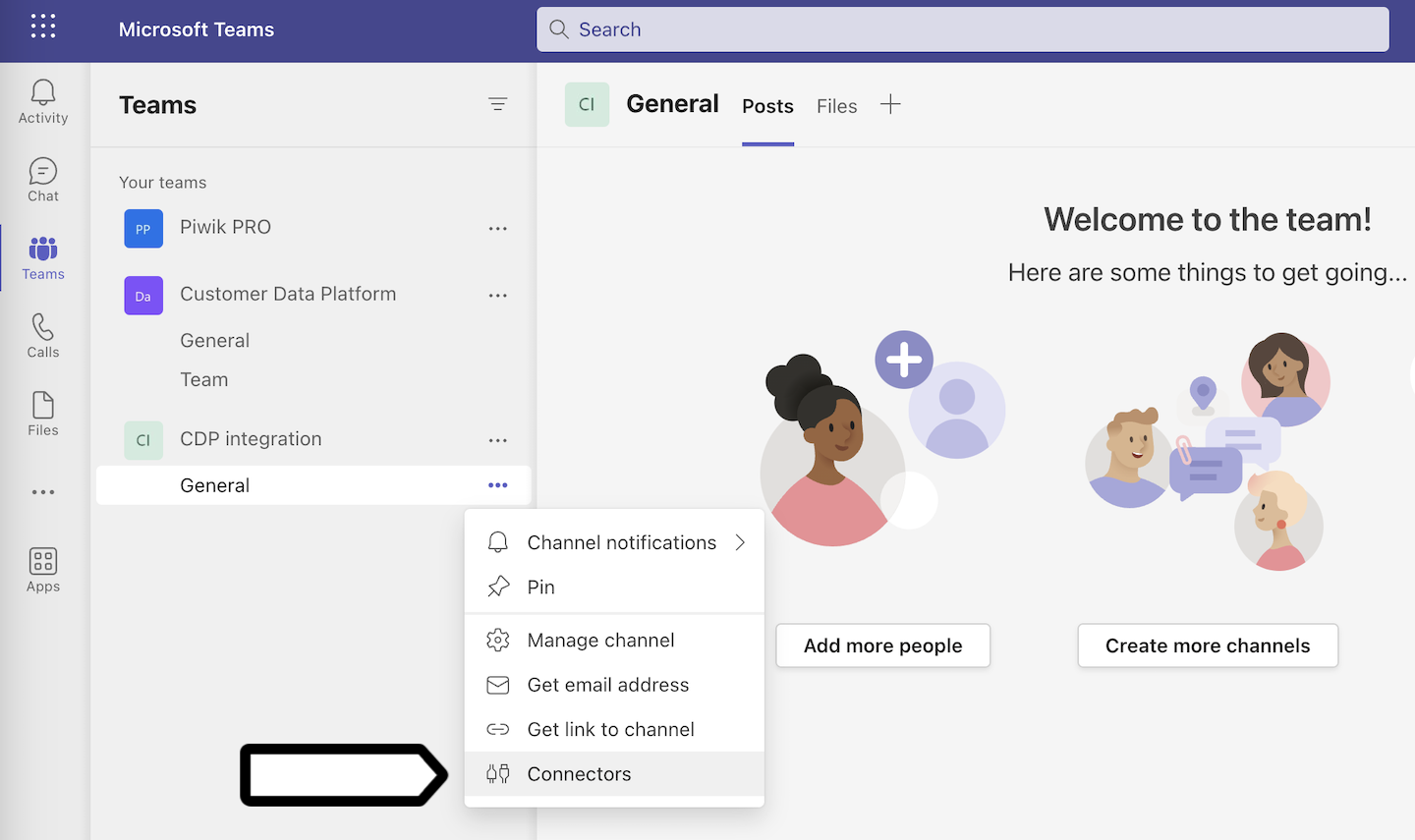
4. Search for Incoming webhook and click Add.

5. Click Configure, name your incoming webhook and optionally upload an image.
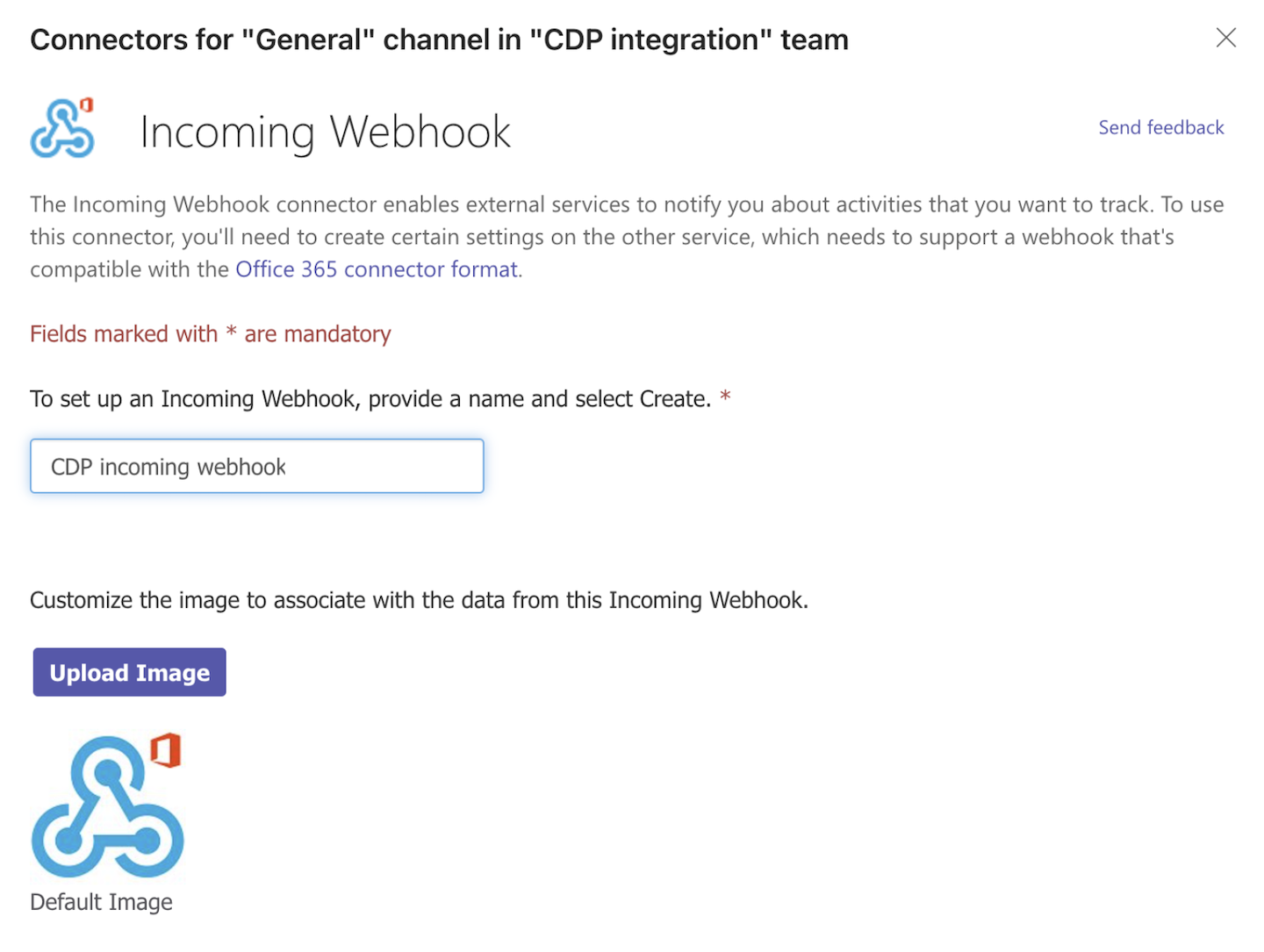
6. Copy the webhook URL. You’ll need it to set up the activation in Piwik PRO.

7. Click Done.
8. Log in to Piwik PRO.
9. Go to Menu > Data Activation (formerly Customer Data Platform).
10. Navigate to Activations.
11. Click Add an activation.
12. Select Microsoft Teams.
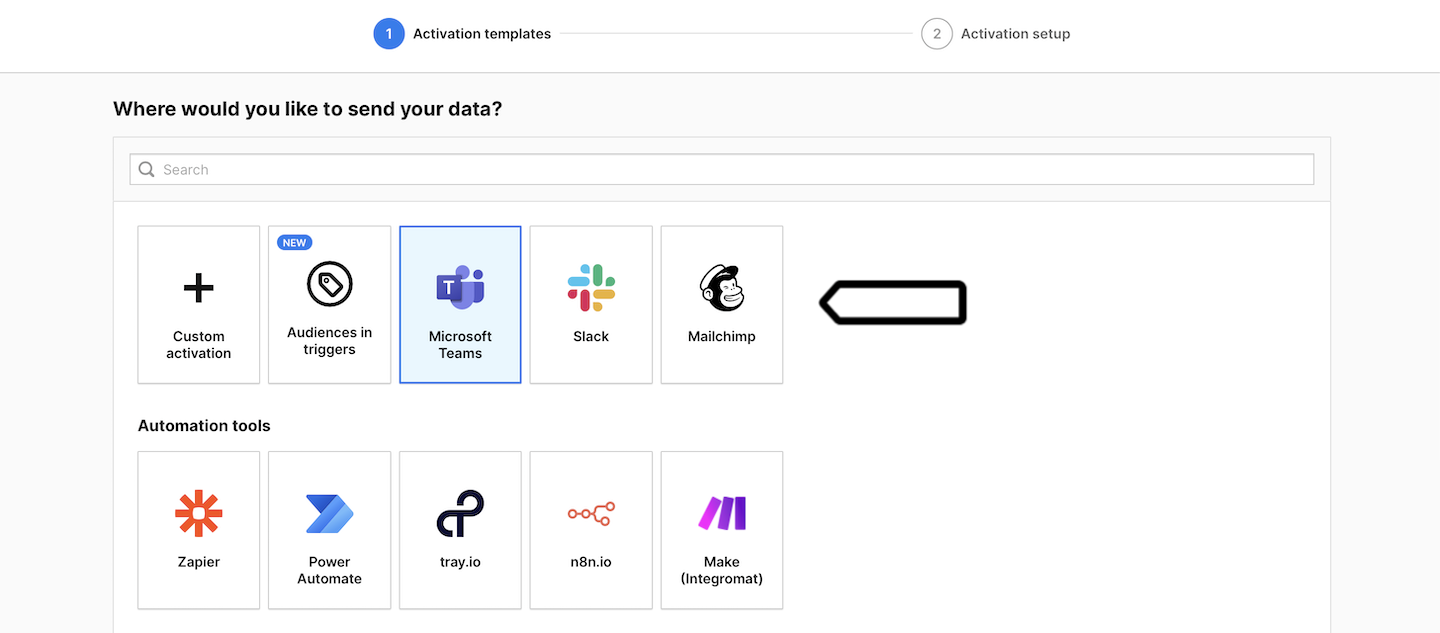
13. Name your activation and add a description.
14. Pick the audience you want to use in this activation. Example: Run the webhook when a user joins this audience: Apple users + no sign-up.

15. Enter the webhook URL from Microsoft Teams.

16. Select the data you want to send when a user joins the selected audience (the webhook is triggered). We’ve included a sample message in the advanced section to help get you started.
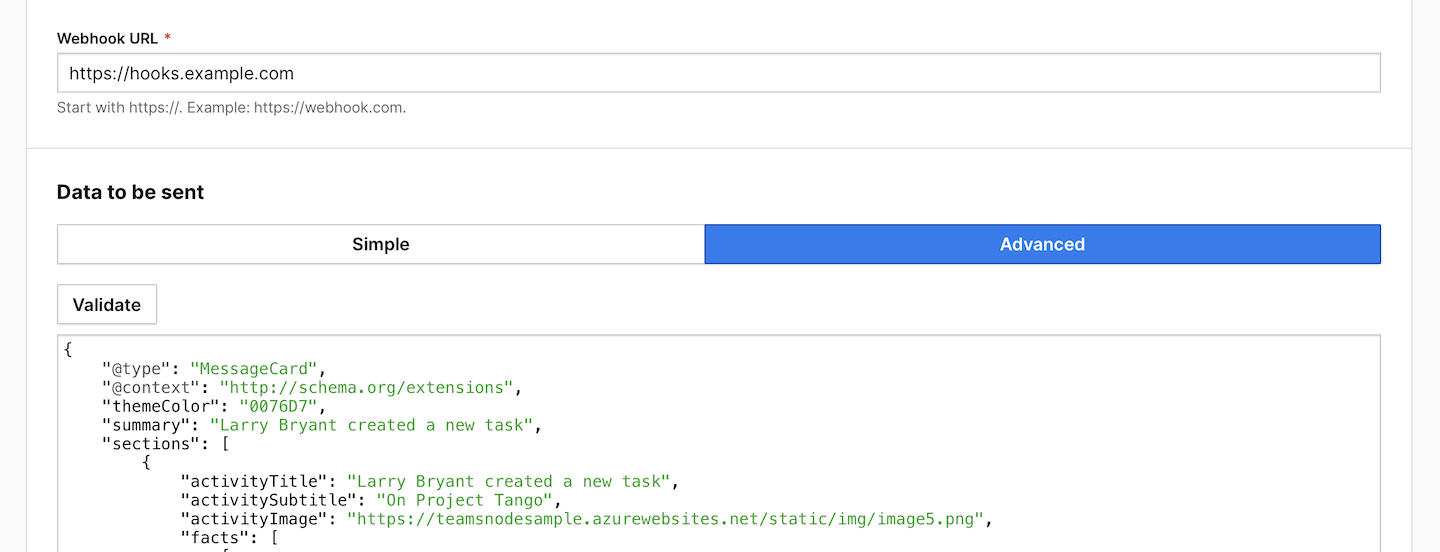
Note: To learn how to create a message in JSON and send it through an incoming webhook, see the Microsoft Teams documentation.
17. Click Send test data to make sure the webhook works. If it works, you’ll see a green success message.
18. Choose whether you want to activate the user:
- Once: A user is activated only the first time they join this audience.
- Multiple times: A user is activated each time they join this audience.

19. (Optional) Choose to activate users who have multiple user IDs.
20. In Consent filter, select the consents that should be given to use the user profile data.
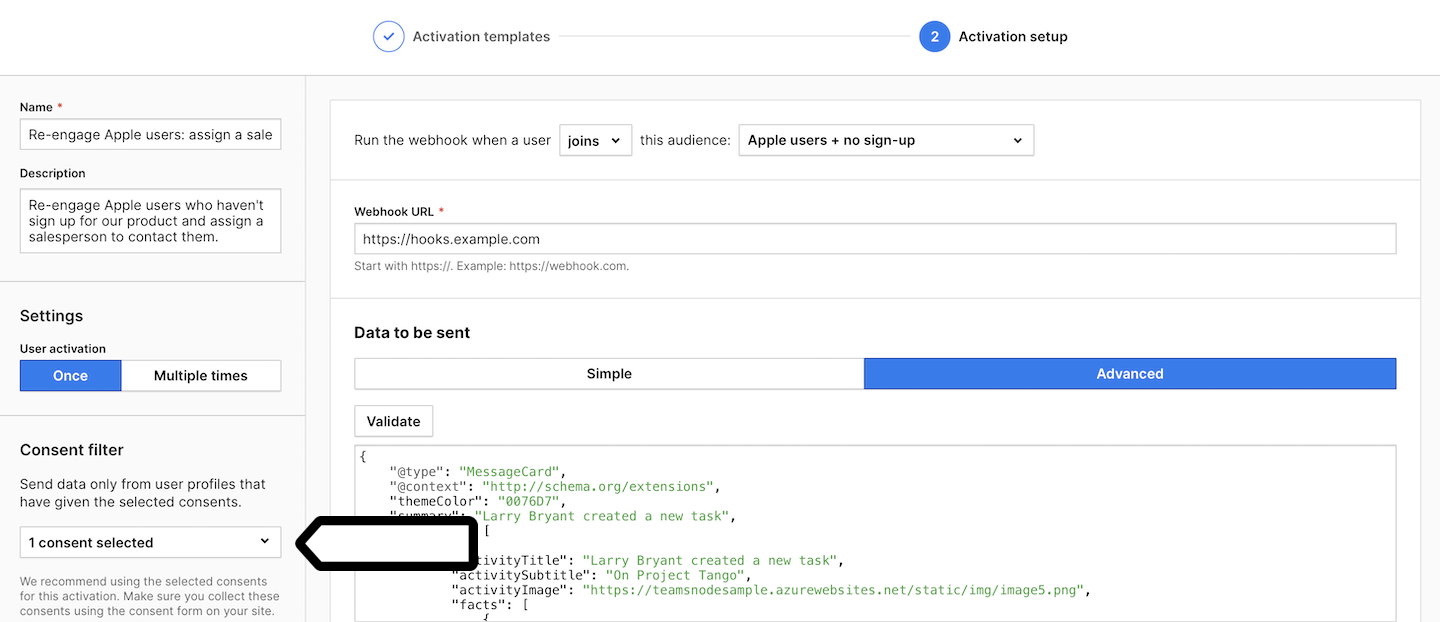
Note: Make sure you collect these consents using the consent form on your site. Read more
21. Click Create.
22. Voila! From now on, the selected user data will be sent to your channel in Microsoft Teams each time a user joins the selected audience. Of course, only if they have given the necessary consent.
Watch more tutorials on YouTube:
